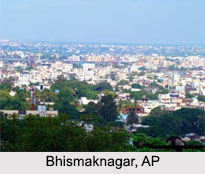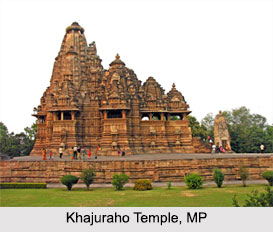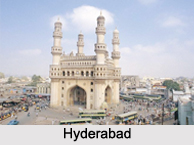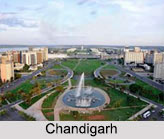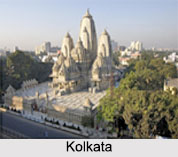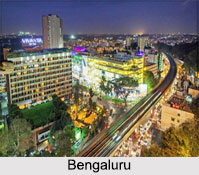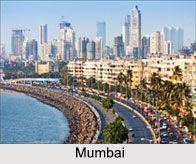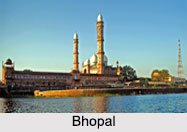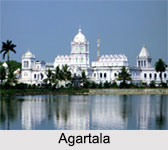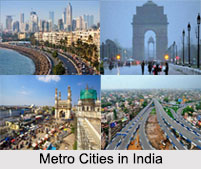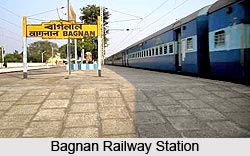 Bagnan is a census town situated in the Howrah district in the state of West Bengal in eastern India. It has one of the busiest railway stations in South Eastern Railway Zone within West Bengal. On the north there is the Hooghly district (Arambagh and Shrirampur sub-divisions), on the south it is bounded by the Midnapore East district (Tamluk sub-division) and the west of Howrah district shares boundaries with the Ghatal sub-division of Midnapore West district.
Bagnan is a census town situated in the Howrah district in the state of West Bengal in eastern India. It has one of the busiest railway stations in South Eastern Railway Zone within West Bengal. On the north there is the Hooghly district (Arambagh and Shrirampur sub-divisions), on the south it is bounded by the Midnapore East district (Tamluk sub-division) and the west of Howrah district shares boundaries with the Ghatal sub-division of Midnapore West district.
Geography of Bagnan
The exact location of Bagnan is 22.47 degree North and 87.97 degree East. It has a mean elevation of 6 meters (19 feet). It is situated between two rivers, the Damodar and the Rupnarayan.
Demographics of Bagnan
As per the 2001 India census, the population of Bagnan is 8779. Males make up 51% of the population and females constitute 49%. The mean literacy rate of the town is 68%, higher than the national average of 59.5%. 55% of the males and 45% of females are literate. Children below six years of age comprise 12% of the population.
Bagnan Crescent Educational Society
Bagnan Crescent Educational Society is a registered educational society established in 2006 by Professor Dr. Sheikh Abdus Samad, an educationist and scientist from village Paikpari in Bagnan 2 Block. He also established a library in Paikpari by the name of Hazi Md Azizul Haque Library, the ex-Pradhan of Antila Gram Pachayat.
Bagnan College
There is only one college around Bagnan Station - Bagnan College. The college is affiliated to University of Calcutta. It is very near to the railway station. The college was founded in July 1958 with only arts department and the department of commerce was added in 1966. And after a long wait in 1974 science department was added. The college is accredited by the NAAC with B-grade since 2005.
Railway Station of Bagnan
One of the key features of Bagnan is its Railway station. It is by far the busiest railway station in South Eastern Railway Zone within West Bengal due to its connectivity to few other major places like Amta, Shyampur etc. Being one of the busiest stations in the network, hundreds of passengers from all around Bagnan and even far-away places commute daily from Bagnan Railway Station. Few years ago the station got the facility of computerized ticketing service which helped local people to get railway tickets for anywhere in India.
The town has an old temple devoted to Goddess Kali which is more than 100 years old. It is situated only 2km away from the railway station. Huge revelry takes place here in the name of Goddess Kali during the annual Diwali festival.
